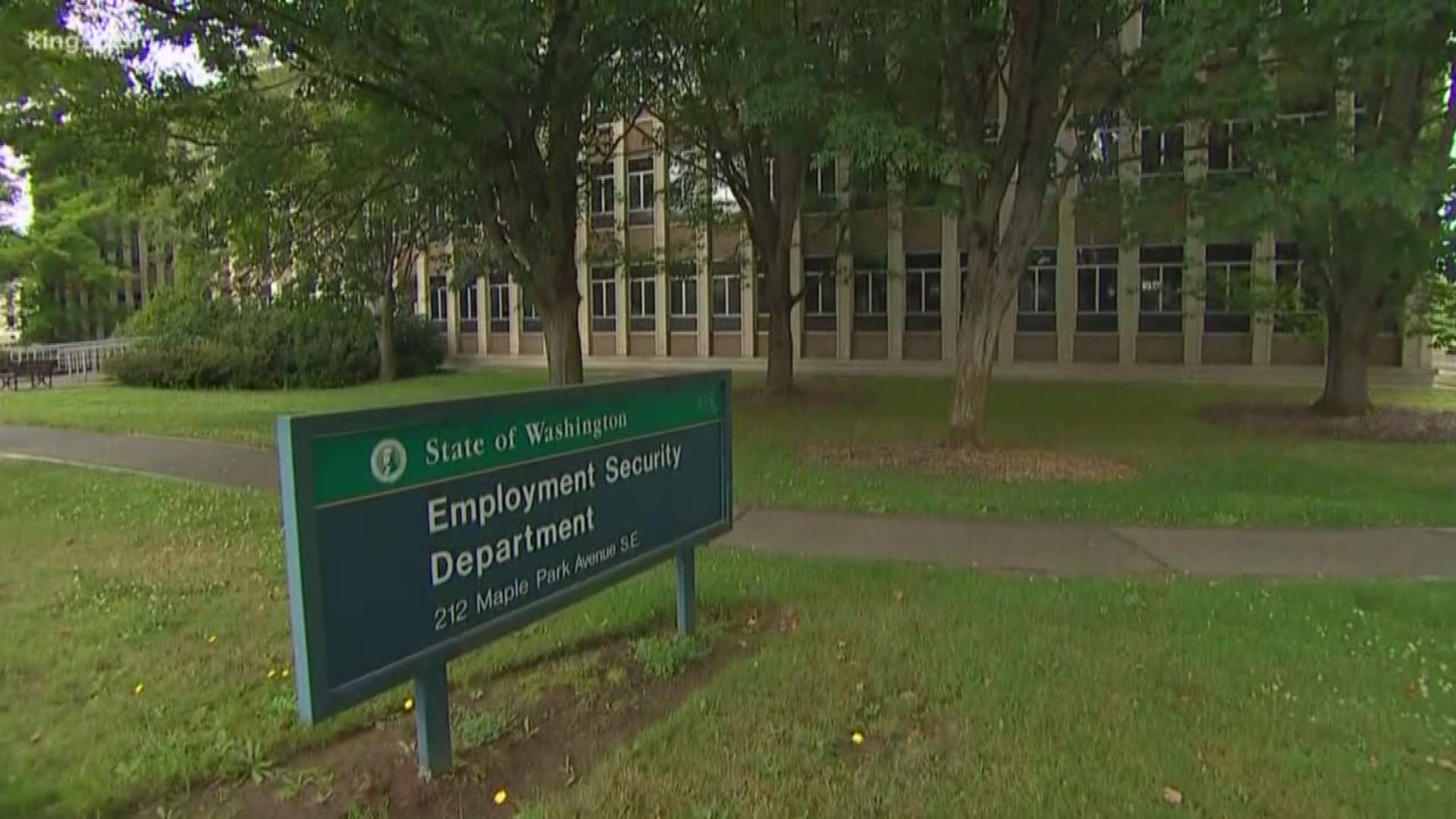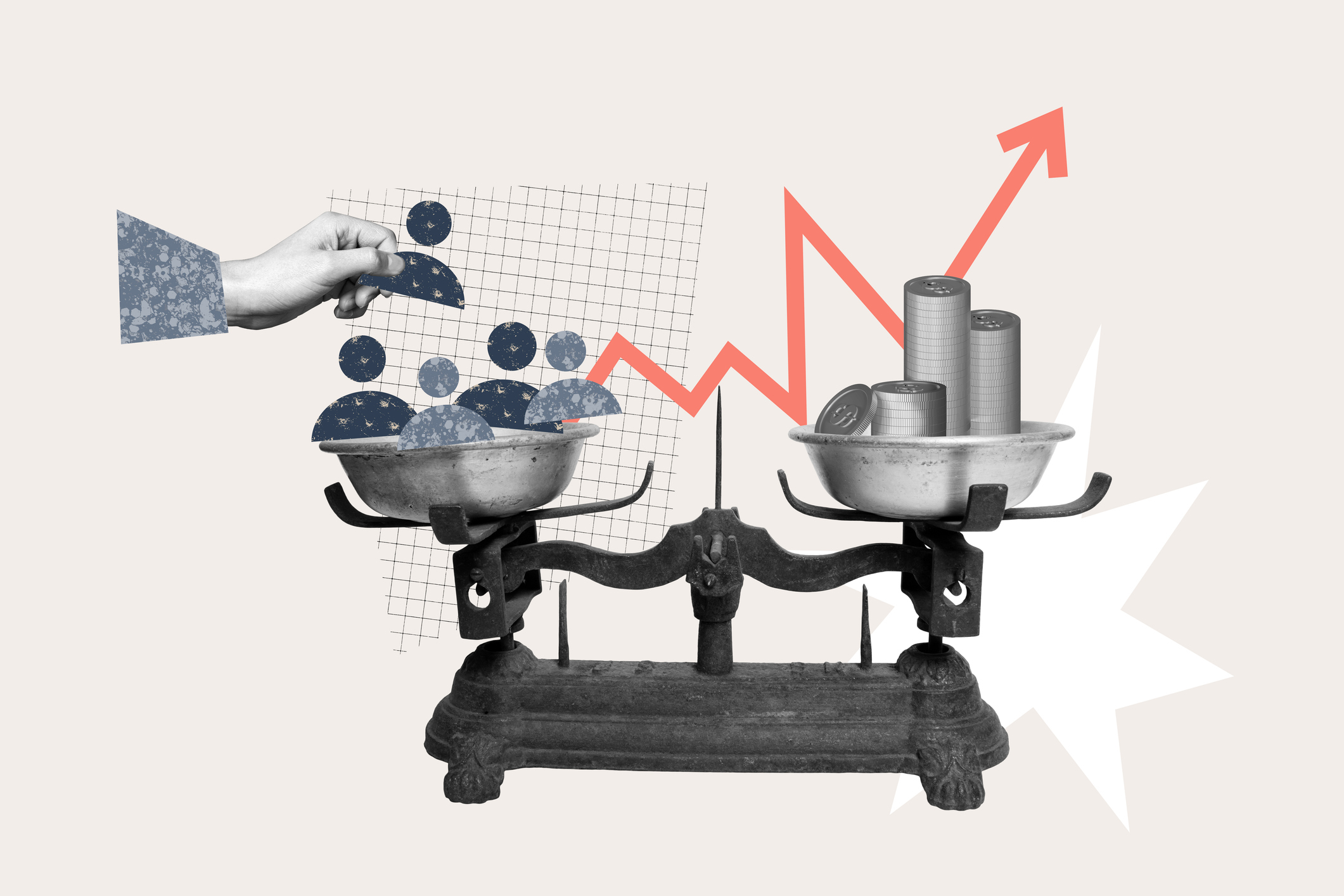Key Findings
- The average annual state pension for all plans (weighted by headcount) is $21,493.
- Two of Washington’s nine pension plans are already in the red with unfunded liabilities totaling more than $5 billion.
- Washington’s multibillion-dollar pension problem was not created overnight, so it will take time to eliminate these unfunded liabilities.
- For future pension benefits, Washington should transition to a defined-contribution plan, similar to a 401(k), for new hires.
Introduction
To help inform citizens and policymakers about the cost of Washington’s public pension plans and to allow comparisons to be made with public pensions in other states, Washington Policy Center teamed up with the Manhattan Institute to create a pension calculator for Washington state.
According to the Manhattan Institute:
State and local government employees collect taxpayer-guaranteed pension benefits that are far more generous than those available to most private-sector workers. The cost of traditional defined-benefit public pensions is unsustainable and has severe financial consequences that will affect generations of Americans. Use the calculator to estimate the pension that you would collect after a career as a general government employee and to see how much money you would need to save on your own (your total annuity cost) to replicate that guaranteed income stream in the private sector.
The Manhattan Institute pension calculator for Washington state is available at calculateyourpublicpension.com/WA/. The calculator is for illustration purposes only and is not designed to show the pension benefits of any particular public employee.
For Washington state public employees who wish to know their own individual pension benefit, please use the Department of Retirement Services worksheet available online.
Washington’s Pension Outlook: $5 Billion in Unfunded Liabilities
Two of Washington’s nine pension plans are already in the red with unfunded liabilities totaling more than $5 billion. This does not include an additional $7 billion in unfunded post-retirement benefit liability, primarily for retiree health care. Unlike pensions, however, these other retirement benefits are not a contractual right, meaning lawmakers could make changes to reduce costs as necessary. These unfunded liabilities have both short- and long-term consequences for taxpayers and are in addition to the state’s current budget problems. Olympia is facing a nearly $1 billion projected budget shortfall for 2013–15, even through tax revenue is expected to grow by $1.5 billion. The current biennial budget is $31 billion.
A significant driver of the budget shortfall is the projected rise in the cost of state pension contributions. The state’s Office of Financial Management estimates that an additional $366 million in pension payments, over and above current projections, will be required in the 2013–15 biennium. These additional pension costs are expected to grow to $721 million by 2015–17.
Average State Pension Benefits
According to the state actuary’s 2011 valuation report of Washington’s pension system, the average annual state pension for all plans (weighted by headcount) is $21,493.
Here is a summary of the average annual pensions for the state’s major plans:
Public Employees’ Retirement System (PERS)
| Plan | Average Annual Pension | Retirees | Plan Funded Status |
| PERS 1 | $23, 088 | 46,006 | 71% |
| PERS 2 | $14,028 | 21,256 | 112% |
| PERS 3 | $7,932 | 1,233 | 112% |
Teachers’ Retirement System (TRS)
| Plan | Annual Average Pension | Retirees | Plan Funded Status |
| TRS 1 | $24,804 | 32,734 | 81% |
| TRS 2 | $18,048 | 2,451 | 113% |
| TRS 3 | $9,768 | 2,687 | 113% |
School Employees’ Retirement System (SERS)
| Plan | Average Annual Pension | Retirees | Plan Funded Status |
| SERS 2 | $8,856 | 3,445 | 110% |
| SERS 3 | $4,584 | 2,445 | 110% |
Public Safety Employees’ Retirement System (PSERS)
| Plan | Average Annual Pension | Retirees | Plan Funded Status |
| PSERS 2 | $3,384 | 10 | 132% |
Law Enforcement Officers’ and Fire Fighters’ Retirement System (LEOFF)
| Plan | Average Annual Pension | Retirees | Plan Funded Status |
| LEOFF 1 (police) | $48, 420 | 1,748 | 135% |
| LEOFF 1 (fire) | $54,288 | 954 | 135% |
| LEOFF 2 (police) | $32,244 | 1,094 | 119% |
| LEOFF 2 (fire) | $37,980 | 562 | 119% |
Washington State Patrol Retirement System (WSPRS)
| Plan | Average Annual Pension | Retirees | Plan Funded Status |
| WSPRS | $47,424 | 744 | 115 |
As shown by the tables above, the state’s unfunded pension liabilities are primarily in PERS 1 and TRS 1.
2012 State Pension Reforms (Senate Bill 6378)
One of the most contentious proposals the legislature considered this year was the plan to reform the state’s pension system. The compromise bill ultimately agreed to (SB 6378) was adopted by a vote of 56-42 in the House and 27-22 in the Senate. Initial estimates show the reforms of SB 6378 will save approximately $1.3 billion over 25 years.
Here is a summary of SB 6378 as described by the bill report:
The subsidized alternate early retirement benefits in the Public Employees’ Retirement System (PERS), the Teachers’ Retirement System (TRS), and the School Employees’ Retirement System (SERS) Plans 2 and 3 are closed to new members. For members that join these plans on or after May 1, 2013, a new subsidized early retirement benefit is created that provides members with a 5 percent per year reduction in benefits from age 65 to the age at retirement.
The investment rate of return assumption used for calculating contribution rates in the state retirement systems is changed on July 1, 2013, to 7.9 percent, on July 1, 2015, to 7.8 percent, and on July 1, 2017, to 7.7 percent. The reduced rate of return assumptions shall only be used by the State Actuary after the effective date of each of the reduced investment rates of return. By June 17, 2017, the State Actuary shall submit recommendations regarding the long-term investment rate of return assumption to the Pension Funding Council.
The phased-in reduction of the state’s estimated investment return mirrors the recommendations of the state actuary (though he did recommend going down to 7.5% by 2021).
The final version of SB 6378 does not include the original proposal to close Plan 2 to new hires, repeal alternative early retirement without full actuarial penalty for new hires or skip a pension payment.
This year’s pension reform builds on last year’s successful effort to eliminate automatic cost of living adjustments (COLA) for Plan 1. That reform is projected to save $7.6 billion over the next 25 years. A recent ruling in Thurston County Superior Court, however, has called into question whether this reform will be allowed to move forward. The state actuary notes that although there are no immediate changes to the liability in plans 2 and 3 as a result of adoption of SB 6378 this year, as future entrants arrive, the liability will decrease from what is expected under prior law.
Despite achieving an estimated $9 billion in savings over the next 25 years from the past two years of reforms, the state is still facing more than $5 billion in unfunded pension liabilities. This is why it is important to maintain diligence on the state’s pension obligations while pursuing additional reform opportunities. Part of what has contributed to the state’s unfunded pension liability is legislators and the governor not making the required contributions over the past decade so that lawmakers could free up spending for elsewhere in the budget.
Next Steps for Reforming Washington’s Pension System
For future pension benefits, Washington should transition to a defined-contribution plan, similar to a 401(k), for new hires. These plans are now common in the private sector because they provide a retirement benefit for employees while helping companies accurately project future pension costs. Employees in such plans are not forced to rely on political conditions that might change in the future.
Adopting a defined-contribution plan would prevent the unfunded-pension problem from getting worse while lawmakers seek to resolve the $5 billion liability of the state’s two closed plans. Effective pension reform should be based on the following principles:
- Do not skip any pension payments
- Close the current defined-benefit plan to new hires
- Direct all savings toward paying down unfunded pension liabilities
- Enroll new hires into a defined-contribution plan
- Constitutionally require the actuarially recommend pension payment and require a supermajority vote to enact new benefits
Conclusion
Washington’s multibillion-dollar pension problem was not created overnight, so it will take time to eliminate these unfunded liabilities. Starting these reforms will require the conviction to do what is in the best interest of all citizens and workers, not just special interests. If lawmakers fail to adopt effective pension reform in time, Washingtonians may soon face the same pension-debt crisis that threatens state budgets around the country.
Paul Guppy is vice president for research and Jason Mercier is director of the Center for Government Reform at Washington Policy Center, a non-partisan independent policy research organization in Washington state.
Download a PDF of this Policy Note here.





